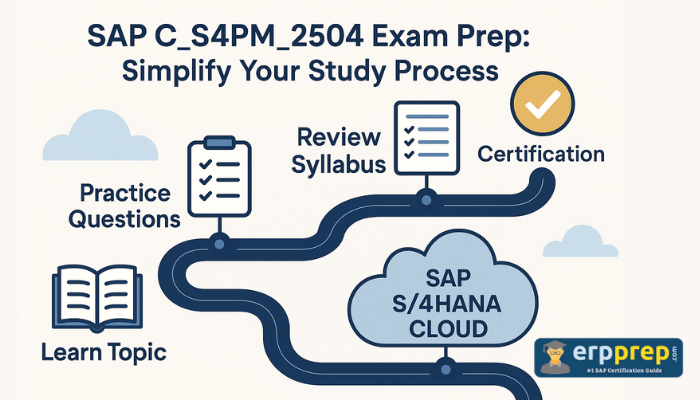This document outlines the procedures for managing “Un-Planned Delivery Costs” within SAP ERP, specifically focusing on their configuration and accounting treatment during the Logistics Invoice Verification process. Un-Planned Delivery Costs are additional, unforeseen expenses (e.g., extra freight, customs, handling fees) that are identified at the time of invoice receipt and were not included in the original purchase order. The guide details various scenarios for allocating these costs, emphasizing the integration between the Materials Management (MM) and Financial Accounting (FI) modules.
Key topics covered in the document are:
- Understanding Planned vs. Unplanned Delivery Costs: The document differentiates between Planned Delivery Costs (e.g., agreed freight, insurance) which are known at Purchase Order (PO) creation and typically update inventory value upon Goods Receipt (GR), and Unplanned Delivery Costs which are unexpected or unquantified at PO stage. Unplanned costs can generally be handled by either distributing them to the invoiced inventory items or by posting them to a separate G/L expense account.
- Scenario 1: Distribute Unplanned Costs Among Invoice Items: This approach involves configuring SAP (via SPRO path: Materials Management -> Logistics Invoice Verification -> Incoming Invoice -> Configure How Unplanned Delivery Costs Are Posted – typically selecting option ‘2’) so that unplanned delivery costs entered during Invoice Verification (e.g., in MIRO) are distributed proportionally among the invoiced material items. This results in posting these costs to the material stock accounts, thereby increasing the inventory valuation. The process involves creating a PO, performing a GR, and then processing the invoice with the unplanned costs.
- Scenario 2: Distribute Unplanned Costs (Including Potential Variances on Planned Cost Types) Among Invoice Items: This scenario further illustrates the distribution of total unplanned delivery costs to material stock accounts, similar to Scenario 1, using the same SPRO configuration. The document implies that even if the unplanned costs include elements that are variances or additions related to cost types that might have been planned (e.g., freight overages), they are fully distributed to the inventory items if configured to do so.
- Scenario 3: Post Unplanned Costs to a Different G/L Line (Expense Account): This method involves configuring SAP (via SPRO path: Materials Management -> Logistics Invoice Verification -> Incoming Invoice -> Configure How Unplanned Delivery Costs Are Posted – typically selecting option ‘Blank – Different G/L line’) to post unplanned delivery costs to a specific, separate G/L expense account. The automatic account determination for this posting is set up using transaction code OBYC (typically for transaction key UPF). This prevents such costs from being capitalized into inventory value.
- Manual G/L Account Entry for Unplanned Costs in MIRO: The document notes that during Invoice Verification (transaction MIRO), users have the flexibility to manually enter a G/L account for unplanned delivery costs or other similar expenses. This allows for ad-hoc postings if the default configured behavior is not desired for a specific transaction.
Download – Handling Unplanned Delivery Costs in SAP: A Configuration Guide with Scenarios









![[천자칼럼] 소리 없이 강한 韓 기업들](https://static.hankyung.com/img/logo/logo-news-sns.png?v=20201130)



![[포토] 트리플에스 설린, '눈 뗄 수 없는 예쁨'](https://img.hankyung.com/photo/202505/03.40571444.1.jpg)
![[ET시론] 바다의날 30주년과 해양 빅데이터 시대](https://img.etnews.com/news/article/2025/05/22/news-p.v1.20250522.1c6020f803074b48885e5e159213de62_Z1.jpg)
![[이런말저런글] 갑순이가 말한 '24일 자정'의 의미](https://img6.yna.co.kr/photo/cms/2018/05/17/01/C0A8CA3D000001636C69B63A00076188_P4.jpeg)
![[포토] 트리플에스 신위, '눈부신 여신 자태'](https://img.hankyung.com/photo/202505/03.40571445.1.jpg)
 English (US) ·
English (US) ·